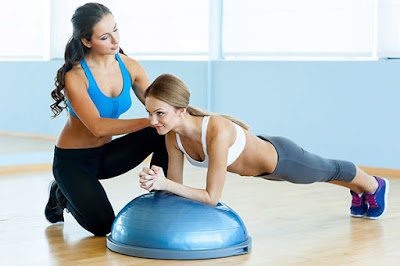Use any opportunity you have to walk.
Posts
Showing posts from January, 2017
Make Your Body Bikini Ready For This Spring Break!
- Get link
- X
- Other Apps

It’s chilly winter! You might be bundling up in your coats and layering like no one’s business or nobody is actually beholding your real figure. It is just to stay cozy in the windy and wintry weather of outside. But remember…..days don’t remain the same forever! After every chilly night, there is a sunny morning! It won’t be long before the sun will be shining and the birds will be chirping again. Do you get the message what I simply mean to say?..…I just wanna say spring break is just around the corner; hence, your body better be ready to welcome it with open arms! In order to enjoy the pleasure of spring break in full swing you want your body to become ‘bikini ready’. Spring break is just knocking at the door, you can’t afford anymore to spare some time in sitting on the couch and enjoying the coffee! Tone Your Shoulders, Target Those Thighs And Bring On The Butt Workout! You need to wake up and get to the gym, set your fitness goal, put in the work and stay focuse...